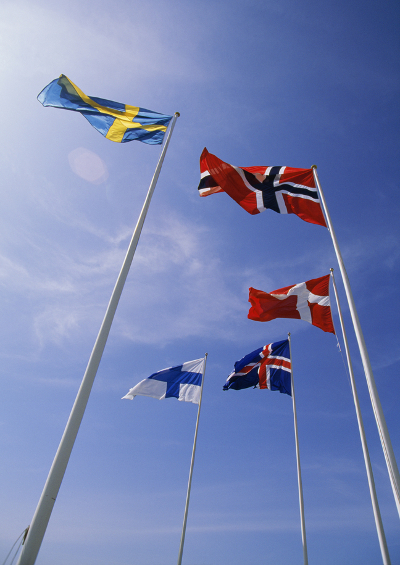Social Mobility in Northern Europe
How do the Nordic countries and German rank on generational ability to move up in the world?
April 8, 2017

1. The Nordic countries are known to put a lot of emphasis on aiming for a low level of income inequality.
2. Indeed, Denmark, Sweden, Finland and Norway all rank at or near the top on the equality score.
3. Denmark is ranked, among the 16 countries the OECD assessed in 2008, as having both the highest intergenerational earnings mobility and the lowest inequality in the working-age population.
4. Germany is in the “middle of the pack” among OECD countries. It has a moderate level of economic inequality as well as moderate social mobility.
5. Germany ranks only 10th out of 16 economies on intergenerational earnings mobility.
6. Germany is tied for fifth on economic inequality with France and Norway. (Germany’s mobility is about halfway between the two.)
7. The four Asia-Pacific members of the OECD – Japan, Korea, Australia and New Zealand – all have higher social mobility than Germany.
1. U.S.: No Land of Opportunity
8. But the four countries have somewhat worse economic equality scores all around than Germany.
Sources: The Globalist Research Center and OECD
Takeaways
Germany is in the "middle of the pack." It has a moderate level of economic inequality as well as social mobility.
Japan, Korea, Australia and New Zealand – all have higher social mobility than Germany.
Denmark is ranked, among the 16 OECD assessed countries in 2008, as having the highest intergenerational earnings mobility.